I've been reading a c++ book, C++ Primer, and i was going through the class features and everything, and i encountered that, in a class most functions ( or every) are inline automatically.
What difference does it really make? explicitly defining an inline function vs implicitly defining an inline function, we could have already overloaded them inside the class scope anyways, i am finding it very difficult to understand this part. Is there any kind of performance gain by doing explicitly ?. in the photo we can see get() function using both methods explicit & implicit, can someone clarify me here.
I have to edit the question, because I've been told so many times that class members functions are not automatically inline. But the book c++ primer and other internet sources say that they are automatically inline.

